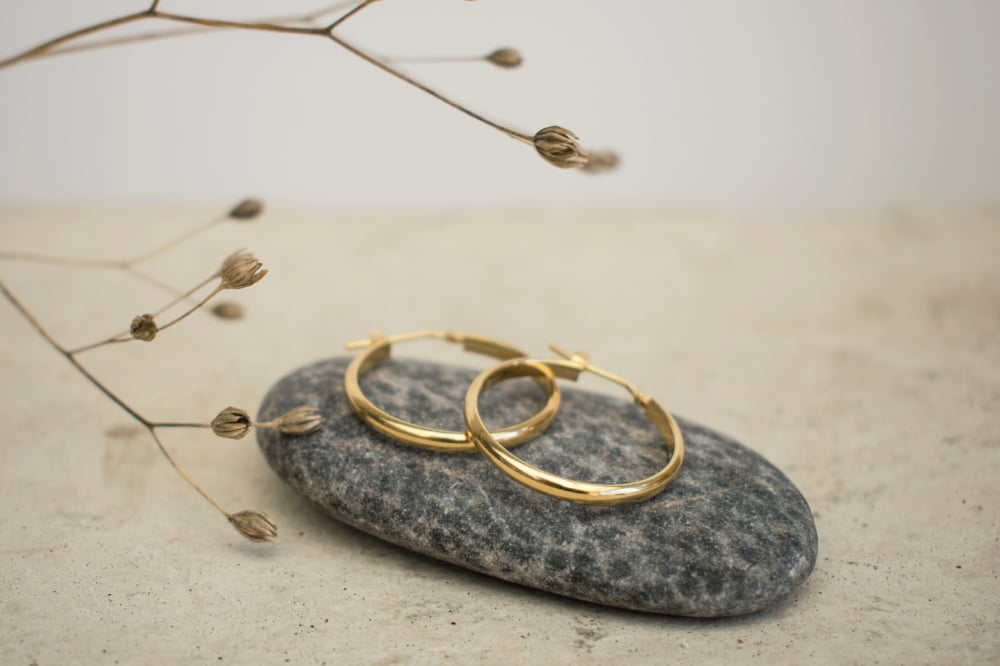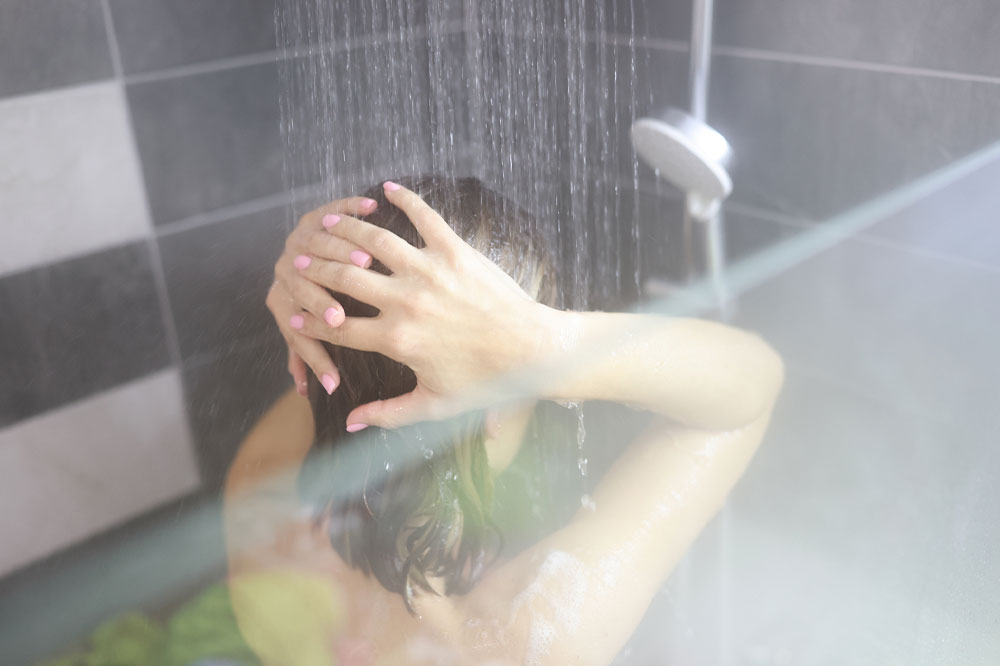16 must-have jewelry pieces for every woman

Jewelry holds a unique allure, acting as a form of self-expression and a reflection of individual taste. From delicate necklaces to statement earrings, the right jewelry pieces can enhance one’s personal style and instantly elevate an outfit. Keeping a few jewelry essentials handy means one can adapt one’s look to various occasions and moods. Here are some must-have jewelry pieces for every woman and some ideas on pairing them with different attires.
Statement necklace
For occasions when one wants to make a powerful style statement, a statement necklace can be a go-to option. These eye-catching jewelry pieces can transform a plain outfit into a captivating ensemble. When choosing a statement necklace, one can consider the neckline of their clothing. V-necklines pair well with pendant-style statement necklaces, while crewnecks are best accompanied by chunkier, multi-layered designs.
Pendant necklace
Pendant necklaces come in a variety of styles and designs, like clusters, bouquets, and gemstone-beaded. They are made from both precious and non-precious stones and metals and are a perfect piece that can draw attention to one’s neckline. These necklaces add elegance to one’s look and work well with a wide range of outfits, making them a staple in any woman’s jewelry collection.
Classic pearl necklace
A classic pearl necklace can be a cornerstone of any jewelry collection. Its understated and timeless elegance and versatility make it suitable for both formal and casual occasions. A single strand of pearls can effortlessly elevate a black dress or add a touch of refinement to a blouse and jeans ensemble. Paired with a crisp white shirt, the pearl necklace can exude sophistication. For a modern twist, one can consider layering different lengths of pearl necklaces.
Choker necklace
Choker necklaces have a unique ability to add a touch of edginess to one’s ensemble. Whether one opts for a delicate lace choker or a metallic collar, this style can bring a hint of drama to casual or party outfits. One can pair a choker with a plunging neckline for a bold statement, or layer it with longer necklaces for a bohemian look.
Long layered necklace
Long layered necklaces typically feature multiple strands or pendants of varying lengths, creating a visually appealing and free-spirited look. They can effortlessly elevate simple outfits and work especially well with scoop-neck tops, deep V-neck dresses, or even a classic white shirt. They also offer a sense of movement and playfulness to one’s look.
Cocktail ring
A cocktail ring is designed to command attention. With its oversized and bold gemstones and intricate designs, it can be the perfect accessory for formal events and social gatherings. One can choose a cocktail ring that complements the color scheme of their outfit, and keep other jewelry minimal to let the ring shine. It is essential to consider their maintenance when choosing a jewelry piece with sizeable gemstones, like a cocktail ring. Certain jewelry stores, such as KAY Jewelers, offer lifetime servicing plans for the jewelry they sell, which include repair and replacement of gemstones, resizing, and stone tightening. Such servicing plans offer peace of mind to the shoppers, ensuring that their rings can get the best care should any damage occur.
Stackable rings
Stackable rings provide a playful and creative way to accessorize one’s fingers. These dainty rings can be worn individually or stacked in various combinations to create a unique look. One can mix metals, gemstones, and textures to match one’s outfit or mood. They work well with any attire, from casual jeans to flowy summer dresses.
Cuff bracelet
Cuff bracelets offer a contemporary and chic edge to traditional wristwear. With their wide, open and versatile designs, these bracelets can be both minimalist and bold, depending on one’s preference. A sleek metallic cuff can enhance a tailored pantsuit, while a gemstone-studded cuff can add panache to a cocktail dress.
Anklet
An anklet, often adorned with charms and beads, is a great accessory that adds a touch of Bohemian vibe to one’s outfit, especially during the warmer months. Whether strolling along the beach or wearing one’s favorite summer skirt, an anklet can infuse a carefree vibe into one’s look.
Bangle bracelet
This wrist jewelry is crafted from a variety of materials, including gold, silver, stainless steel, or even plastic or wood. Whether worn individually or stacked, bangle bracelets add a touch of charm and can be creatively mixed and matched for different styles. Delicate bangles can be paired with casual outfits like jeans and a blouse for a Boho-chic vibe, while a set of metallic bangles can enhance the sophistication of a tailored pantsuit.
Simple stud earrings
Whether featuring diamonds, gemstones, pearls, or any other gemstones, these earrings are a versatile choice for daily wear and formal events alike. A pair of diamond studs can complement a sleek business suit, a flowing evening gown, or even a casual jeans-and-tee ensemble. Their understated charm allows them to seamlessly transition between various looks.
Hoop earrings
Hoop earrings are versatile and add a touch of trendy flair to any outfit. These earrings come in various sizes and designs, allowing one to express their style in different ways. Small hoops exude a subtle and youthful vibe. They can be worn with casual outfits like jeans and a blouse, while larger hoops can add drama and boldness to an elegant evening dress.
Dangle earrings
Dangle earrings exude a sense of movement and allure, making them ideal for special occasions or for adding glamor to everyday wear. Teardrop-shaped dangles can complement a one-piece or a gown, while more delicate designs can enhance a sundress or business attire.
Cuff earrings
Cuff earrings, also known as ear cuffs, are a bold and edgy addition to any jewelry collection. They wrap around the ear’s edge and offer a distinctive look without the need for multiple piercings. They range from minimalist and delicate designs to elaborate and intricate styles, catering to different tastes. They can pair especially well with leather jackets and jeans. One can consider tying one’s hair back in a high ponytail or wear an updo to allow this piece of jewelry to take the center stage.
Casual watch
Designed for everyday wear, casual watches often feature a comfortable strap, whether it’s leather, fabric, or even rubber. They exhibit trendy details like colorful dials or minimalist faces and are characterized by their versatile design, making them a perfect match for a wide range of casual outfits. From jeans and a t-shirt to sundresses and athleisure wear, a casual watch can add a touch of laid-back charm to one’s look.
Classic watch
Characterized by a leather or metal band and a traditional dial, classic watches are versatile enough to be worn with both formal and semi-formal attire. They are known to exude a sense of understated luxury, tradition, and enduring style.


